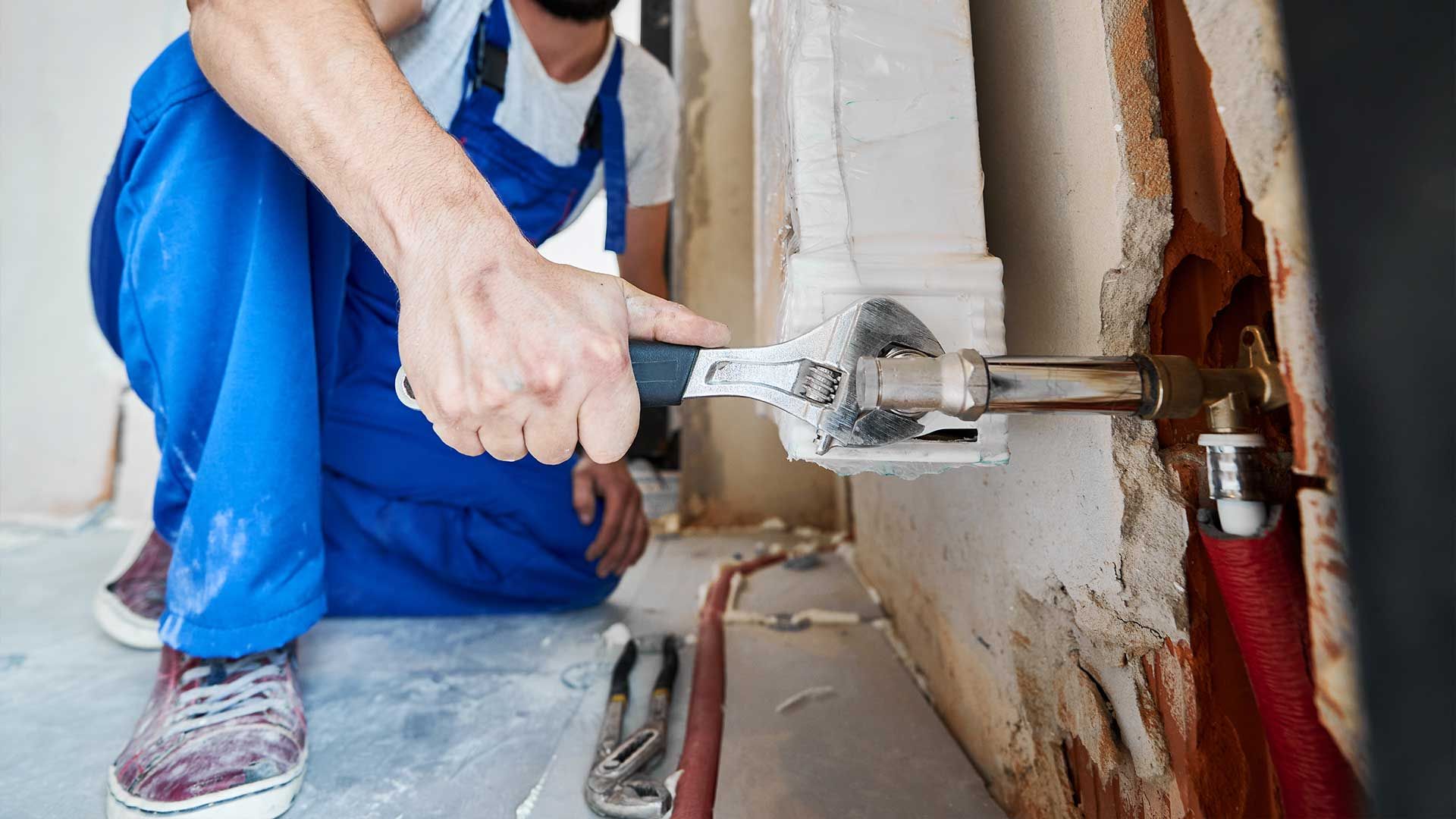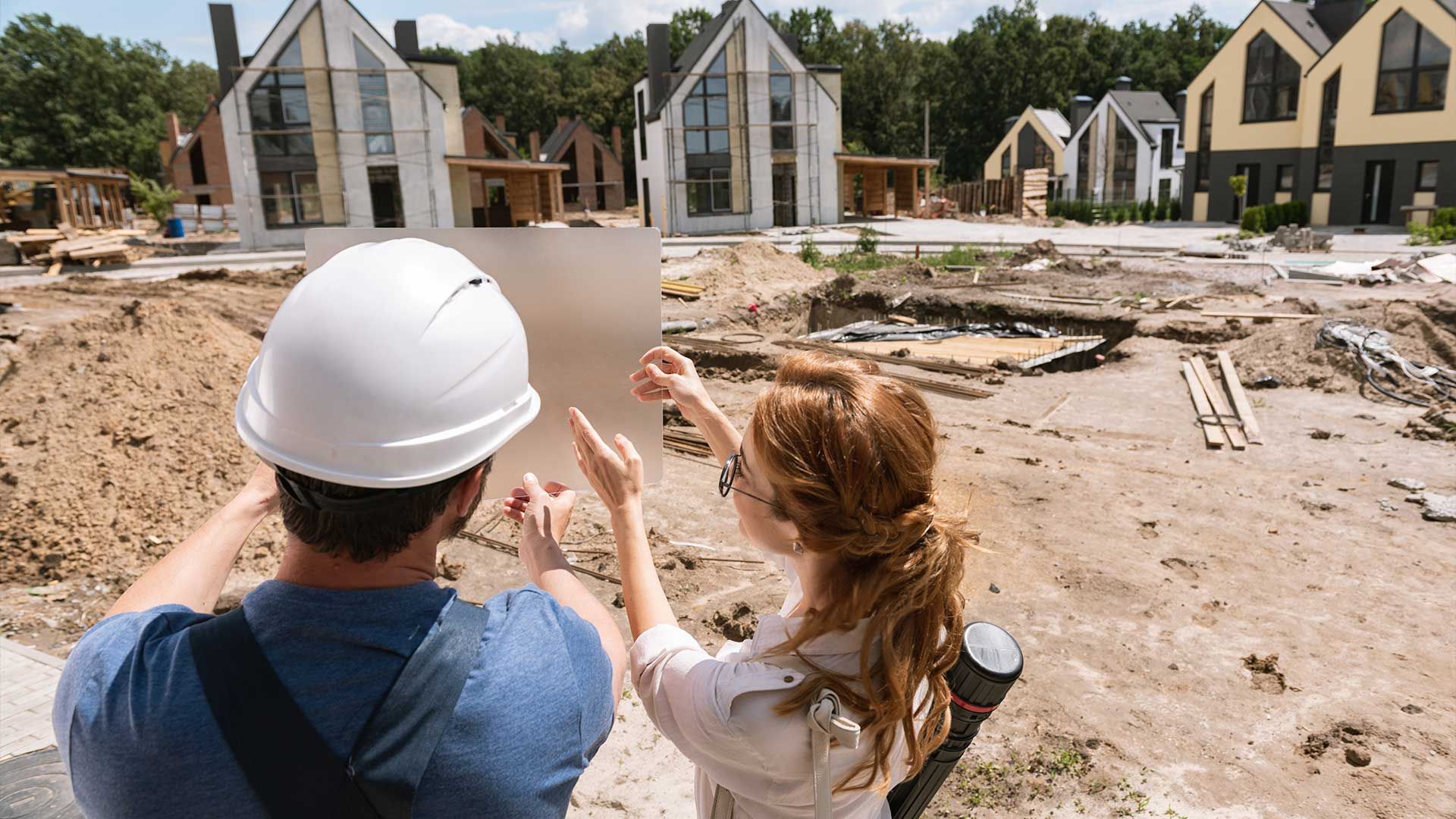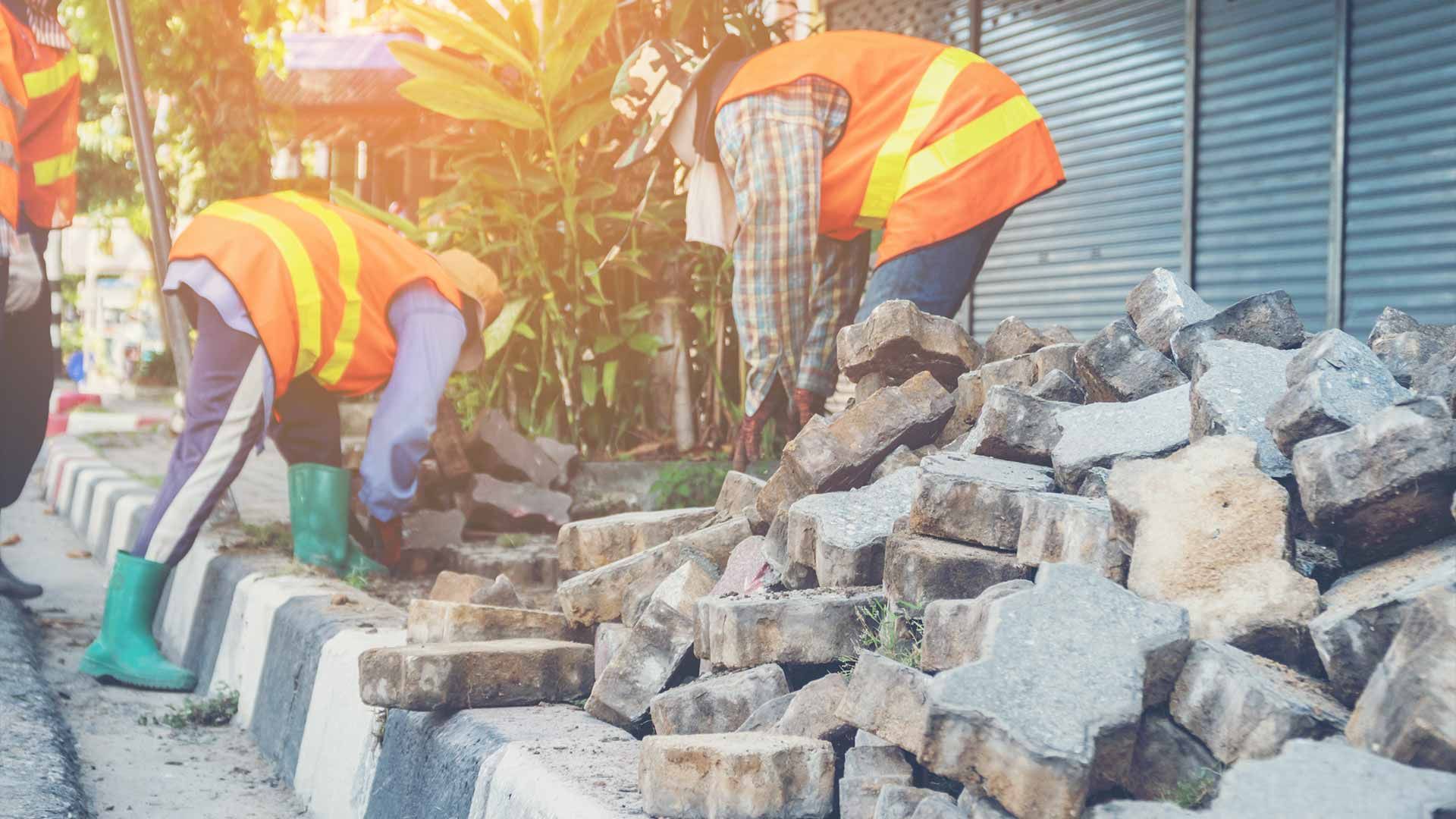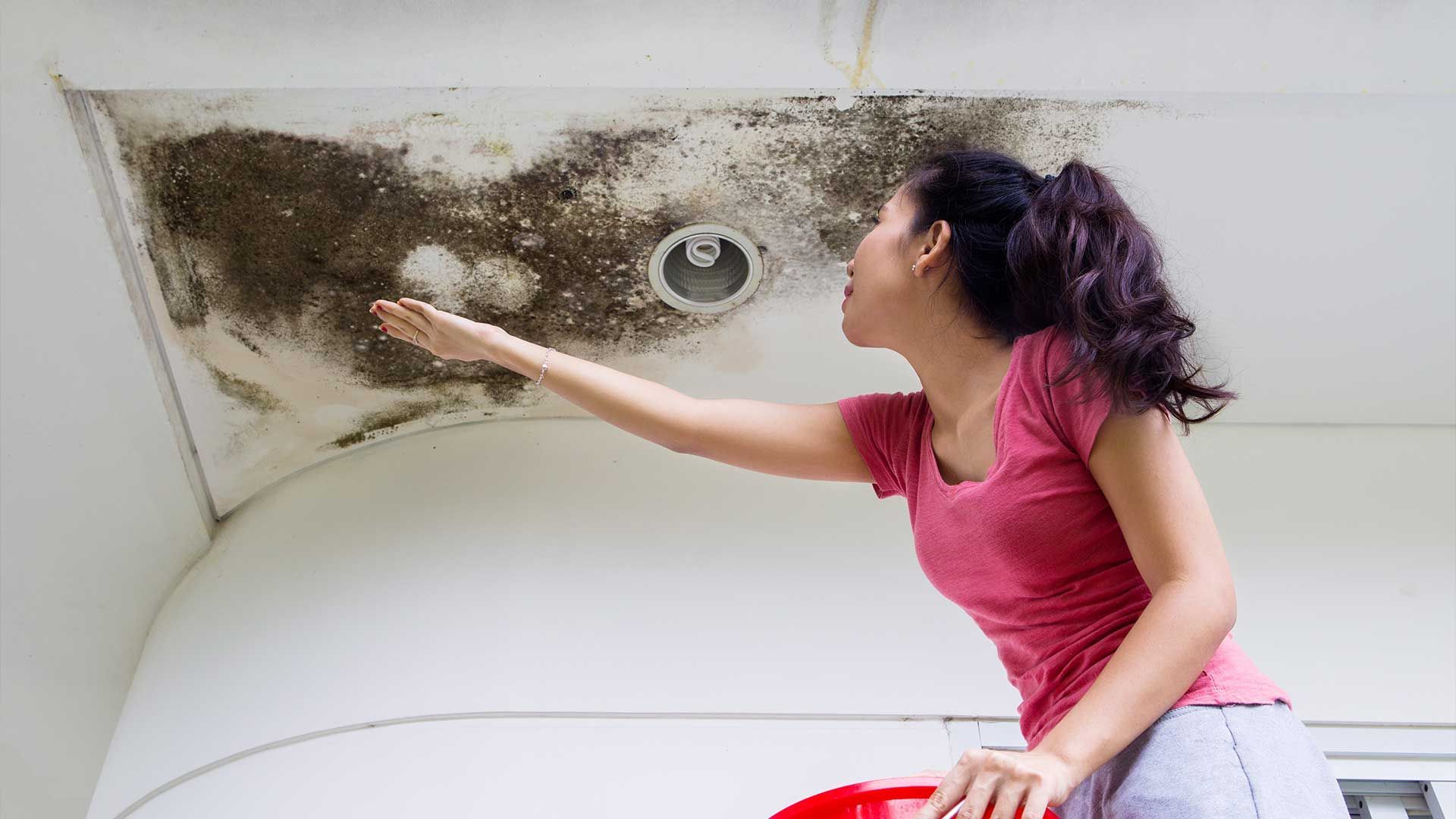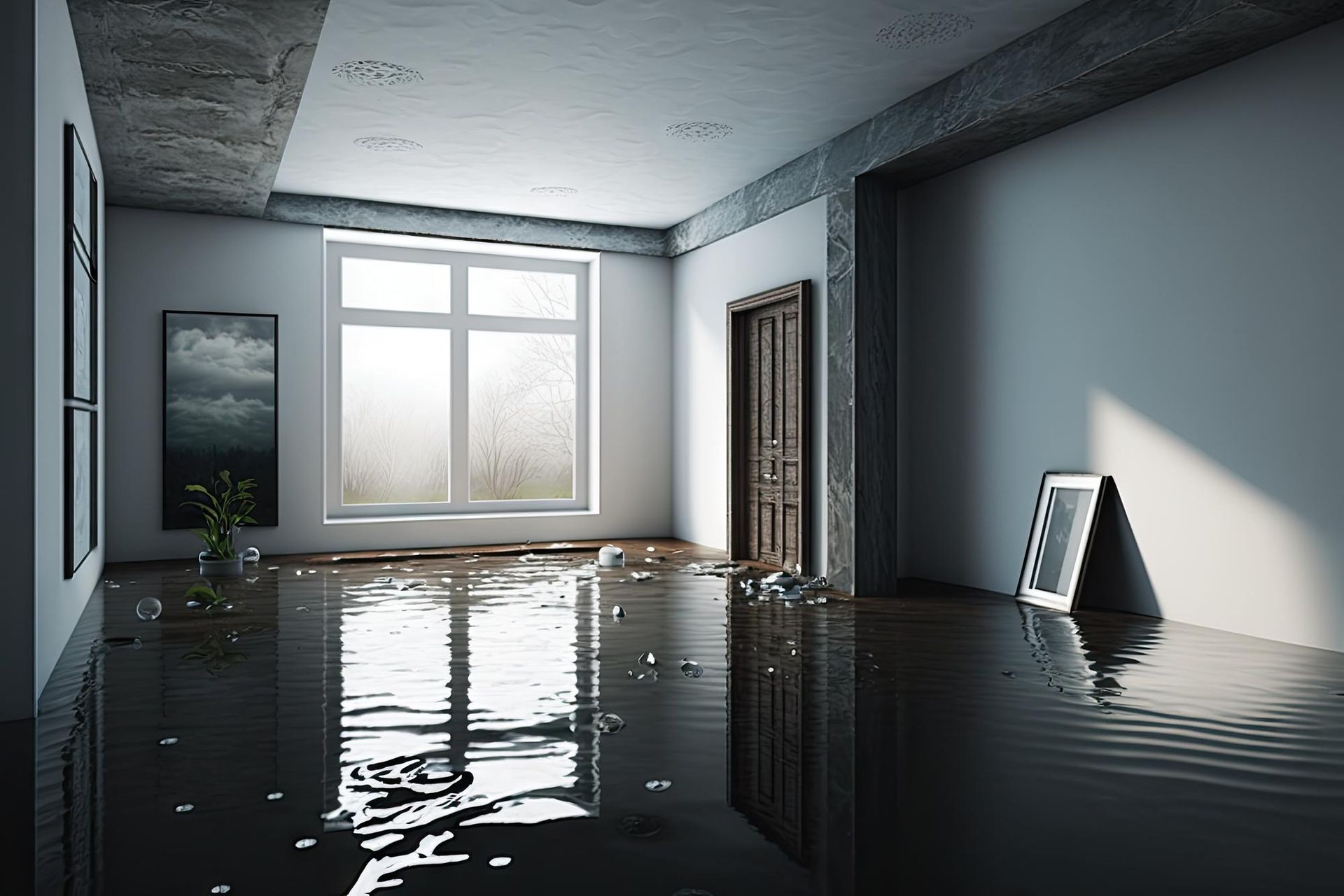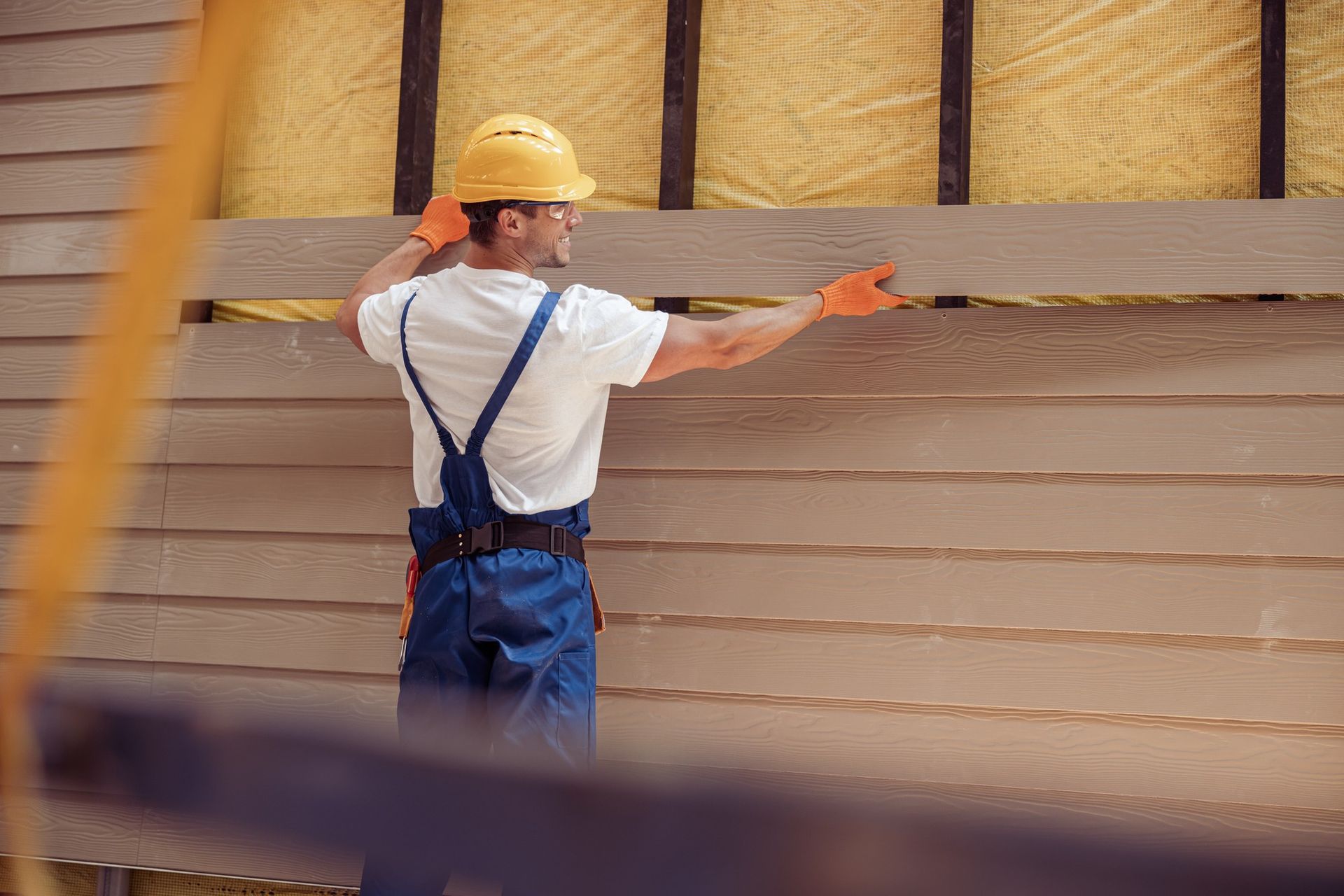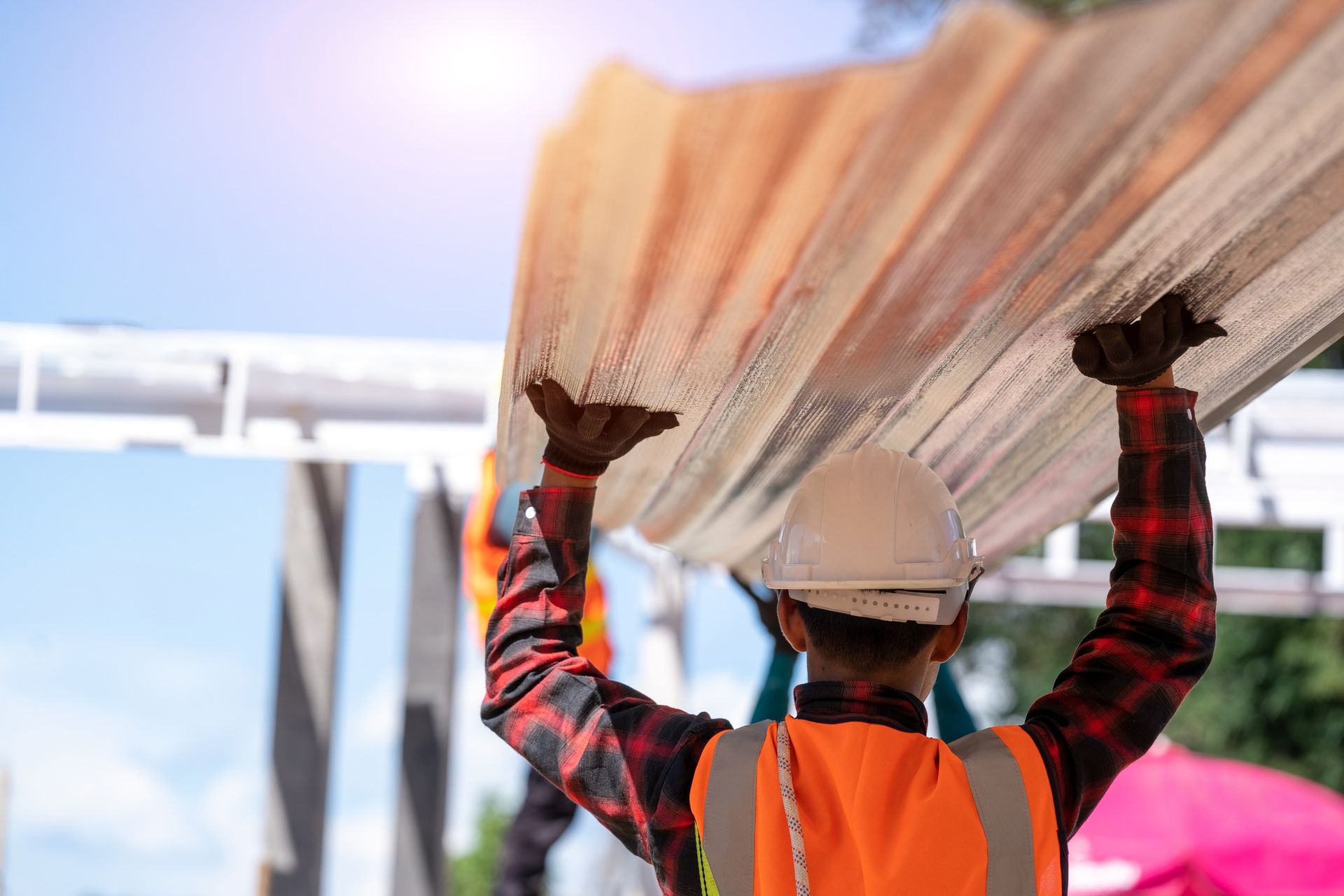The Future of Housing: Exploring Sustainable New Home Construction
The world of new home construction is undergoing a remarkable transformation, one that is not only shaping the way we build our homes but also the way we live in them. In recent years, there has been a growing emphasis on sustainability and eco-conscious practices in the construction industry. As climate change becomes an increasingly pressing issue, the demand for sustainable new home construction is on the rise. In this article, we will delve into the future of housing by exploring the exciting realm of sustainable new home construction and the role it plays in shaping our living spaces.
The Green Revolution in New Home Construction
Sustainable new home construction is more than just a passing trend; it's a movement that is redefining the way we think about our homes and the environment. At its core, sustainable construction seeks to minimize its environmental impact throughout every phase of a building's lifecycle, from design and construction to occupancy and eventual demolition. This approach goes hand in hand with the concept of "green building."
Green building practices integrate various strategies and technologies to achieve energy efficiency, reduce waste, conserve natural resources, and create
healthier living environments. As the world grapples with climate change and resource depletion, green building has emerged as a beacon of hope, offering a path toward a more sustainable future.
The Key Pillars of Sustainable New Home Construction
Sustainable new home construction is built on several key pillars, each contributing to the overall goal of creating homes that are eco-friendly, energy-efficient, and comfortable. Here are some of the essential components:
- Energy Efficiency:
Sustainable homes are designed to be highly energy-efficient, reducing the consumption of electricity and heat. This is achieved through advanced insulation, energy-efficient appliances, and smart HVAC systems.
- Renewable Energy:
Solar panels, wind turbines, and other renewable energy sources are often integrated into the design of sustainable homes to generate clean, on-site energy.
- Water Conservation:
Water-efficient fixtures, rainwater harvesting systems, and graywater recycling are used to minimize water waste and reduce the burden on local water supplies.
- Sustainable Materials:
Sustainable homes use materials that are sourced responsibly and have minimal environmental impact. This includes recycled materials and those with low levels of volatile organic compounds (VOCs).
- Passive Design:
Passive design principles maximize natural heating, cooling, and lighting, reducing the need for mechanical systems and saving energy.
- Indoor Air Quality: Emphasis is placed on ensuring good indoor air quality through proper ventilation systems and the use of low-emission materials, promoting the health and well-being of occupants.
- Waste Reduction: Sustainable construction practices aim to reduce construction waste through recycling and repurposing materials whenever possible.
Benefits of Sustainable New Home Construction
The shift towards sustainable new home construction offers numerous benefits for homeowners, communities, and the planet:
- Lower Utility Bills: Sustainable homes are designed to be energy-efficient, leading to lower utility bills over the long term. Homeowners can enjoy significant savings on electricity and heating costs.
- Reduced Environmental Impact: By using eco-friendly materials and energy sources, sustainable homes reduce their carbon footprint and contribute to a healthier planet.
- Improved Indoor Comfort:
Sustainable homes often feature superior insulation and air quality, creating a more comfortable living environment for residents.
- Increased Property Value:
Sustainable features can enhance the resale value of a home, making it a wise investment for the future.
- Healthier Living:
With a focus on indoor air quality, sustainable homes provide a healthier space for families, reducing the risk of respiratory issues and allergies.
- Community Benefits: Widespread adoption of sustainable construction practices can lead to more sustainable communities, with reduced strain on local infrastructure and resources.
Innovations in Sustainable New Home Construction
As the demand for sustainable new home construction continues to grow, so does innovation within the industry. Architects, builders, and engineers are constantly pushing the boundaries of what's possible in sustainable design and construction. Here are a few exciting innovations:
- Net-Zero Homes: Net-zero homes are designed to produce as much energy as they consume, resulting in a net-zero energy bill. Advanced insulation, solar panels, and energy-efficient appliances are key components of these homes.
- 3D Printing:
3D printing technology is being used to construct entire houses using sustainable materials, reducing construction waste and labor costs.
- Smart Homes:
The integration of smart home technology allows homeowners to monitor and control energy usage, lighting, and security remotely, optimizing efficiency.
- Biophilic Design:
Biophilic design incorporates natural elements and materials into homes, improving well-being by connecting occupants with nature.
- Modular Construction: Modular construction techniques enable the assembly of homes in a factory, reducing on-site waste and construction time.
Challenges and Barriers
While sustainable new home construction holds great promise, it's not without its challenges. Some of the barriers to widespread adoption include:
- Cost: Initial construction costs for sustainable homes can be higher than traditional homes, although long-term savings often offset this.
- Education: Both builders and consumers may lack awareness of sustainable practices and their benefits.
- Regulations: Outdated building codes and regulations can hinder the adoption of sustainable construction methods.
- Availability of Materials: Sourcing sustainable materials can be a challenge in some regions.
- Resistance to Change: The construction industry, like any other, can be resistant to change and slow to adopt new practices.
The Role of Government Initiatives
Government initiatives play a pivotal role in the promotion of sustainable new home construction. Many countries and regions have introduced regulations, incentives, and certification programs aimed at encouraging builders and homeowners to adopt sustainable practices. These initiatives often come in the form of tax incentives, rebates, and grants for energy-efficient upgrades, solar installations, and green building certifications like LEED (Leadership in Energy and Environmental Design) and ENERGY STAR.
By aligning financial incentives with sustainable construction practices, governments can help bridge the cost gap and make sustainable homes more accessible to a broader range of homeowners. These programs not only benefit individual homeowners but also contribute to broader environmental goals by reducing energy consumption and greenhouse gas emissions on a larger scale
The Human Element in Sustainable Construction
While advanced technologies and innovative materials are crucial in sustainable new home construction, the human element is equally vital. Architects, builders, homeowners, and communities all have a role to play in ensuring the success of sustainable construction projects.
- Architects and Designers: Architects and designers are at the forefront of sustainable design. They have the power to create homes that maximize natural light, harness renewable energy sources, and blend seamlessly with their natural surroundings. Thoughtful design can significantly reduce a home's environmental impact.
- Builders and Contractors:
Builders and contractors bring sustainable designs to life. Their expertise in implementing green building techniques, selecting sustainable materials, and optimizing energy efficiency is essential to the success of any sustainable construction project.
- Homeowners:
Homeowners play a crucial role in the long-term sustainability of their homes. By making conscious choices about energy use, water consumption, and maintenance, they can ensure that their homes remain eco-friendly over time.
- Communities: Sustainable construction is not limited to individual homes; it also extends to entire communities. Sustainable neighborhoods often incorporate green spaces, community gardens, and shared resources to promote a more eco-conscious way of living.
The Global Impact of Sustainable New Home Construction
The impact of sustainable new home construction extends beyond individual homes and communities; it has global implications. As the construction industry accounts for a significant portion of global energy consumption and greenhouse gas emissions, adopting sustainable practices on a large scale can contribute to a more sustainable future for our planet.
Reducing energy consumption in homes reduces the overall demand for fossil fuels and decreases greenhouse gas emissions, helping combat climate change. Additionally, sustainable construction practices conserve vital resources such as water and reduce the strain on local ecosystems.
By setting an example through sustainable new home construction and promoting these practices worldwide, we can work collectively to address the pressing environmental challenges facing our planet.
Conclusion: A Sustainable Future Begins at Home
The future of housing is indeed sustainable new home construction. It represents a paradigm shift in the way we think about our homes, our communities, and our planet. By prioritizing energy efficiency, eco-friendly materials, and innovative technologies, we can build homes that not only meet our needs but also protect the environment for future generations.
As a homeowner or prospective builder, you have the opportunity to contribute to this movement by choosing sustainable construction practices and materials that align with your values and long-term goals. Sustainable new home construction is an investment not only in your future but also in the future of our planet.
In the grand tapestry of addressing climate change and environmental sustainability, sustainable new home construction is a thread that binds us all. It is a reminder that the choices we make within the walls of our homes have a far-reaching impact on the world outside. By embracing sustainability in new home construction, we can create a more harmonious and sustainable future for ourselves and for generations to come.
When considering sustainable new home construction services in Linwood, NJ, one name stands out as a provider committed to eco-conscious building practices: Seaboard Building & Restoration, Inc. You can reach them at 856-534-0132. With a reputation for excellence in sustainable construction, Seaboard Building & Restoration, Inc. can help turn your vision of an eco-friendly home into a reality. Their expertise in energy-efficient design, eco-friendly materials, and innovative technologies makes them a trusted partner in the journey towards a more sustainable future for housing.
So, as you embark on your journey to build or purchase a new home, consider the sustainable options available to you. Join the ranks of those who are shaping the future of housing, one eco-conscious decision at a time. Together, with service providers like Seaboard Building & Restoration, Inc., we can build a world where our homes are not just shelters but also beacons of hope for a more sustainable future. The future of housing is sustainable, and it begins with you.
